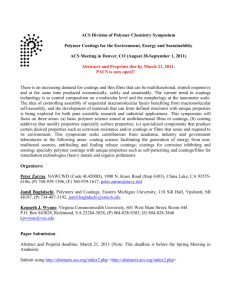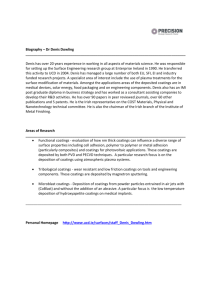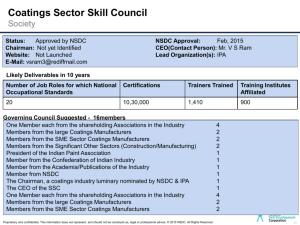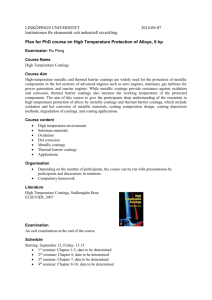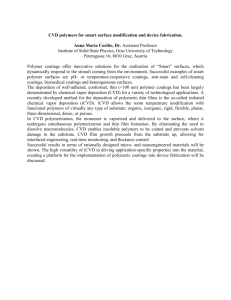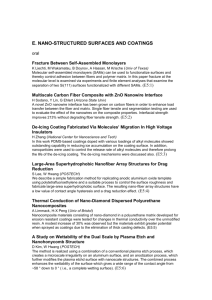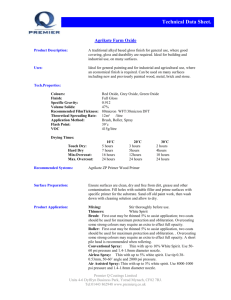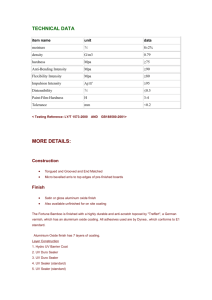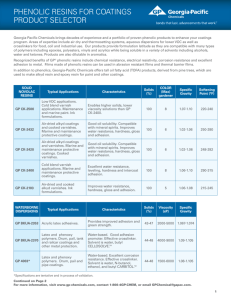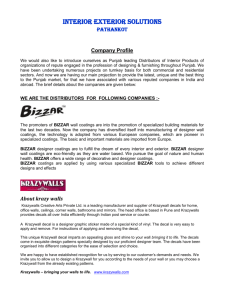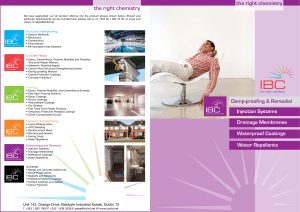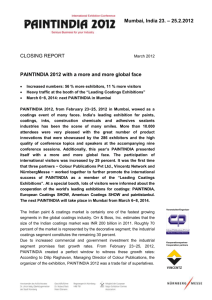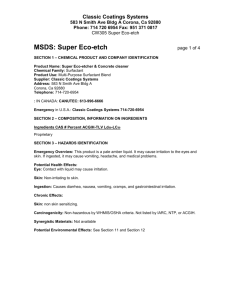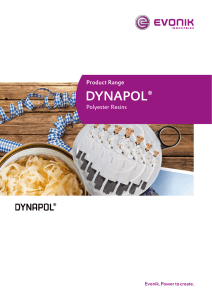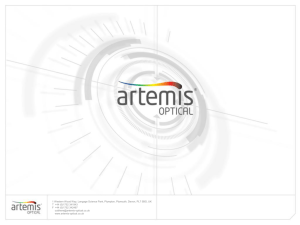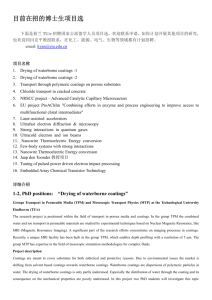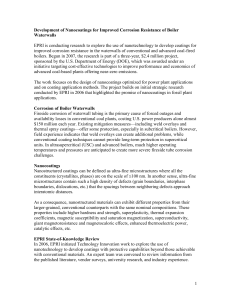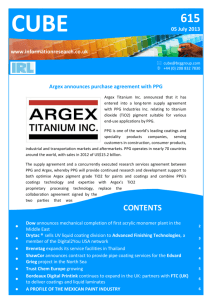Lewis Acid Induced Addition Reactions of a C
advertisement
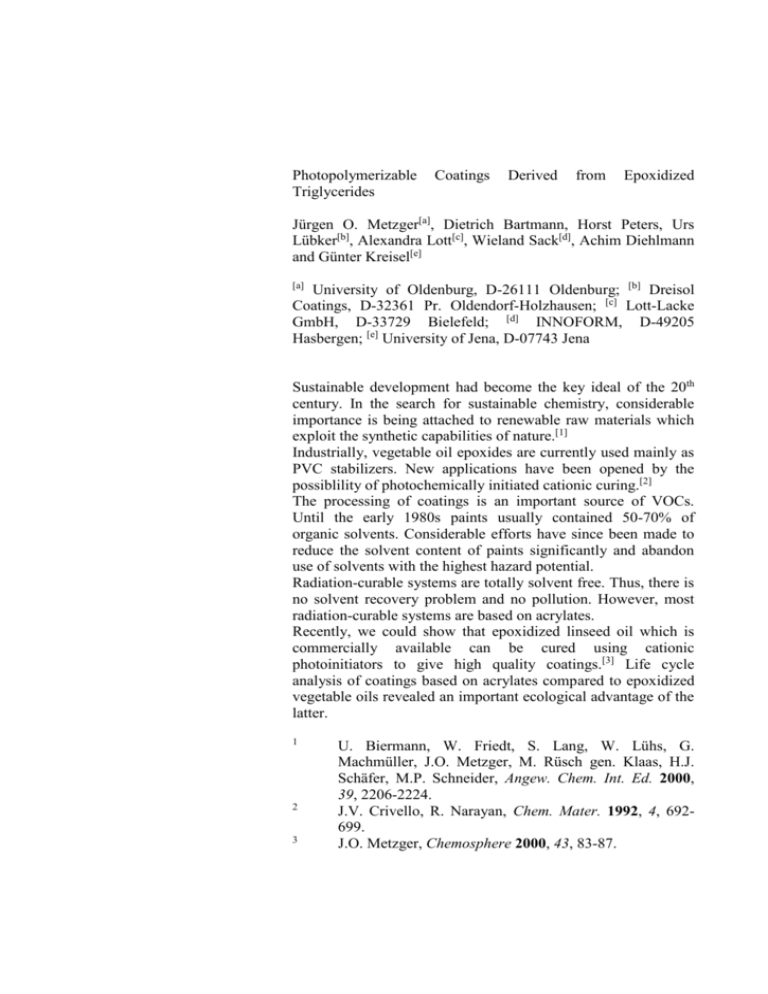
Photopolymerizable Triglycerides Coatings Derived from Epoxidized Jürgen O. Metzger[a], Dietrich Bartmann, Horst Peters, Urs Lübker[b], Alexandra Lott[c], Wieland Sack[d], Achim Diehlmann and Günter Kreisel[e] [a] University of Oldenburg, D-26111 Oldenburg; [b] Dreisol Coatings, D-32361 Pr. Oldendorf-Holzhausen; [c] Lott-Lacke GmbH, D-33729 Bielefeld; [d] INNOFORM, D-49205 Hasbergen; [e] University of Jena, D-07743 Jena Sustainable development had become the key ideal of the 20th century. In the search for sustainable chemistry, considerable importance is being attached to renewable raw materials which exploit the synthetic capabilities of nature.[1] Industrially, vegetable oil epoxides are currently used mainly as PVC stabilizers. New applications have been opened by the possiblility of photochemically initiated cationic curing.[2] The processing of coatings is an important source of VOCs. Until the early 1980s paints usually contained 50-70% of organic solvents. Considerable efforts have since been made to reduce the solvent content of paints significantly and abandon use of solvents with the highest hazard potential. Radiation-curable systems are totally solvent free. Thus, there is no solvent recovery problem and no pollution. However, most radiation-curable systems are based on acrylates. Recently, we could show that epoxidized linseed oil which is commercially available can be cured using cationic photoinitiators to give high quality coatings.[3] Life cycle analysis of coatings based on acrylates compared to epoxidized vegetable oils revealed an important ecological advantage of the latter. 1 2 3 U. Biermann, W. Friedt, S. Lang, W. Lühs, G. Machmüller, J.O. Metzger, M. Rüsch gen. Klaas, H.J. Schäfer, M.P. Schneider, Angew. Chem. Int. Ed. 2000, 39, 2206-2224. J.V. Crivello, R. Narayan, Chem. Mater. 1992, 4, 692699. J.O. Metzger, Chemosphere 2000, 43, 83-87.



